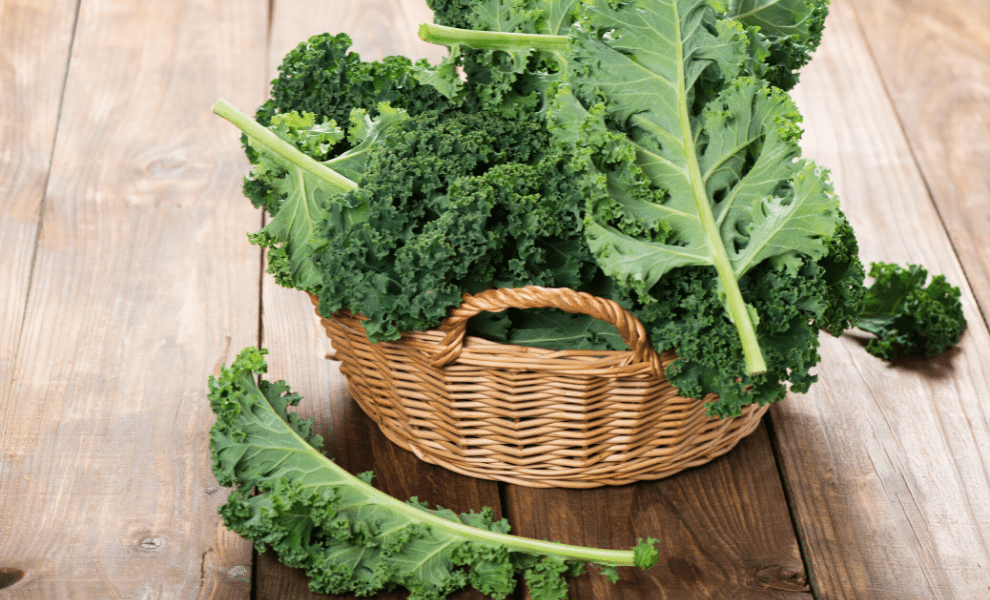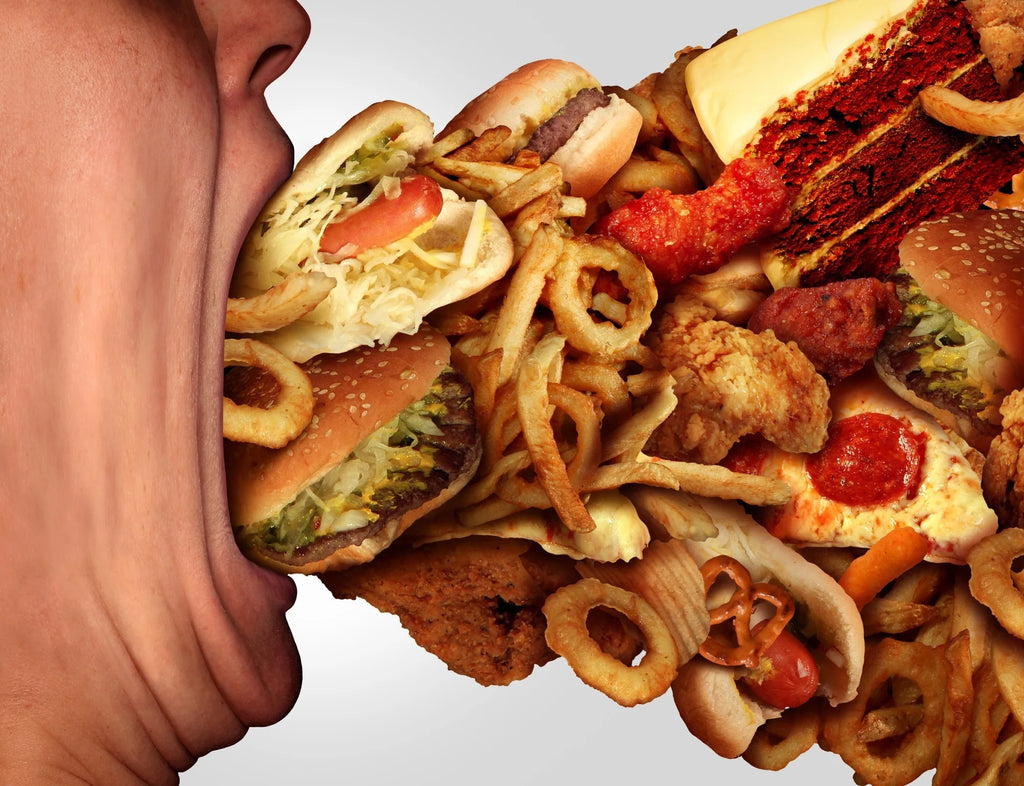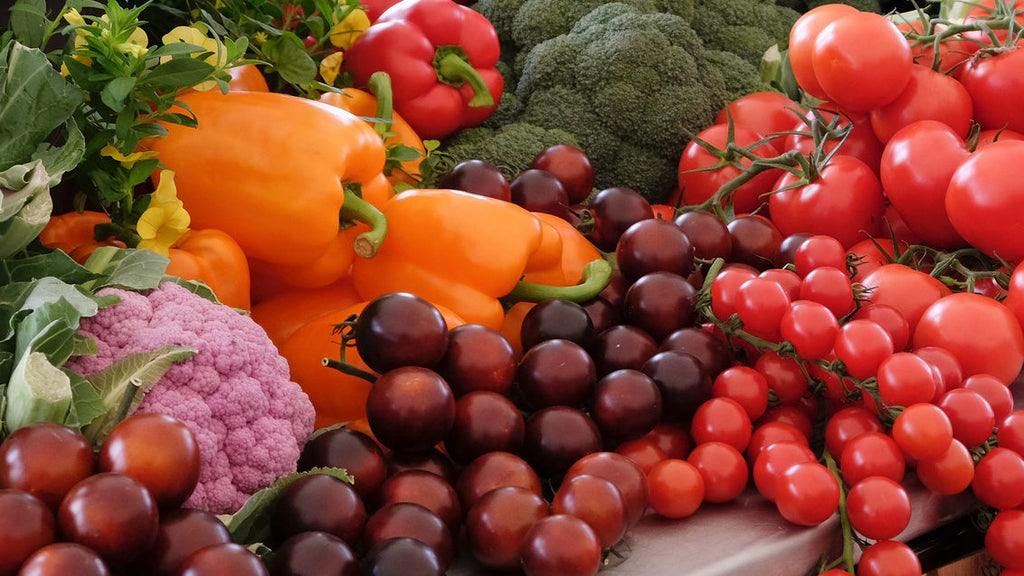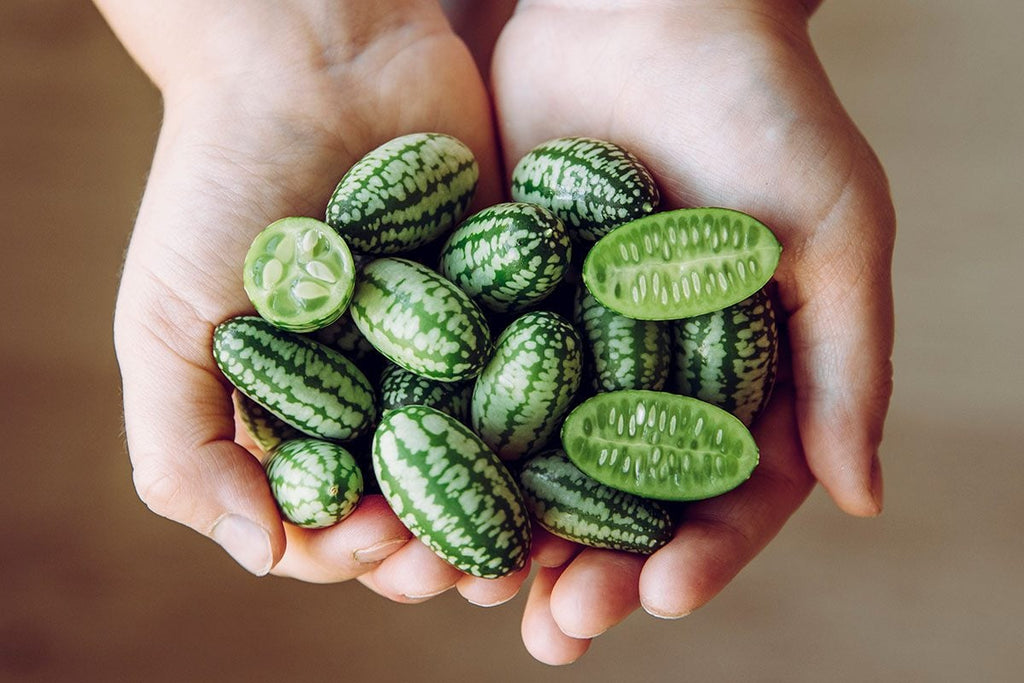
Crazy facts about Kale & why we love it

Ahhh kale. It has been the “superfood” poster child for the last 5 years, and for good reason.
It is one of the easiest and most productive plants you can grow in your Airgarden. We thought we would delve into some history and facts about this gem of a plant.
Greeks used it to sober up
According to the New York Times, the ancient Greeks would boil and eat kale as a cure for being too drunk. Maybe we should be getting a late night “kale-bab” instead of a kebab when waiting for that boozy Uber ride home!
Looking to name your newborn? Why not go with Kale.
In America, there have been 4,481 boys named Kale since 1880 and in 2008 there were 539 bestowed with the moniker. Interestingly, in Australia you legally cannot name your child Spinach. Or these names: President, Jesus Christ, Bonghead, Ranga, Hitler, Ice-T, Thong, Chow Tow, or Panties.
Go with the safe bet and call him Kale.
Kale hasn’t always been for the super rich
Kale used to be known as “Peasants Cabbage”. The modern word kale originated from the Scottish word “Kail”, meaning food. In fact, the common term for a small kitchen garden containing vegetables was referred to as the “kailyard” and part of the rural Scottish diet for centuries.
So don’t get it twisted, Kale didn't take root in Manhattan, Toorak or Bondi.
Don’t like Milk? Grab a cup of Kale
Don’t love the taste of milk or are you allergic to it? Why not have some kale. A half cup of kale has more absorbable calcium than a 250ml glass of milk.
Yes, Kale can be classed as a “superfood”
Although not quite the king of nutrient dense foods (according to a CDC Study in the US), kale takes out spot 15 on its list.
At just 33 calories, one cup of raw kale has:
- Nearly 3 grams of protein
- 2.5 grams of fiber (which helps manage blood sugar and makes you feel full)
- Vitamins A, C, and K
- Folate, a B vitamin that’s key for brain development
- Alpha-linolenic acid, an omega-3 fatty acid. (While kale has far less omega-3 than fish, it is another way to get some of this healthy fat into your diet)
- Lutein and zeaxanthin, nutrients that give kale its deep, dark green coloring and protect against macular degeneration and cataracts
- Minerals including phosphorus, potassium, calcium, and zinc
Eat it raw or cooked - so many recipes and options
Kale is a bit like a swiss army knife. You can eat it raw in salads, throw it into a green smoothie, make kale pesto, put it in kale pasta, make a quiche, the list goes on. Check out these 27 delicious kale recipes on Gourmet Traveller.
There are 50+ varieties of kale!
There are over 50 types of kale, both ornamental and edible. However, three varieties are most popular for eating here in Australia:
- Dwarf Curly - a compact, leafy green with mildly sweet, crinkled leaves
- Red Russian - a blue-green variety with purplish-red veins. A bit tougher than Dwarf and Tuscan.
- Black Tuscan Kale - reputed to be the best tasting kale and is prized by chefs in Italy. Until recently, this leafy green was one of Tuscany's best kept secrets. We also think this is the best tasting kale you can grow.







